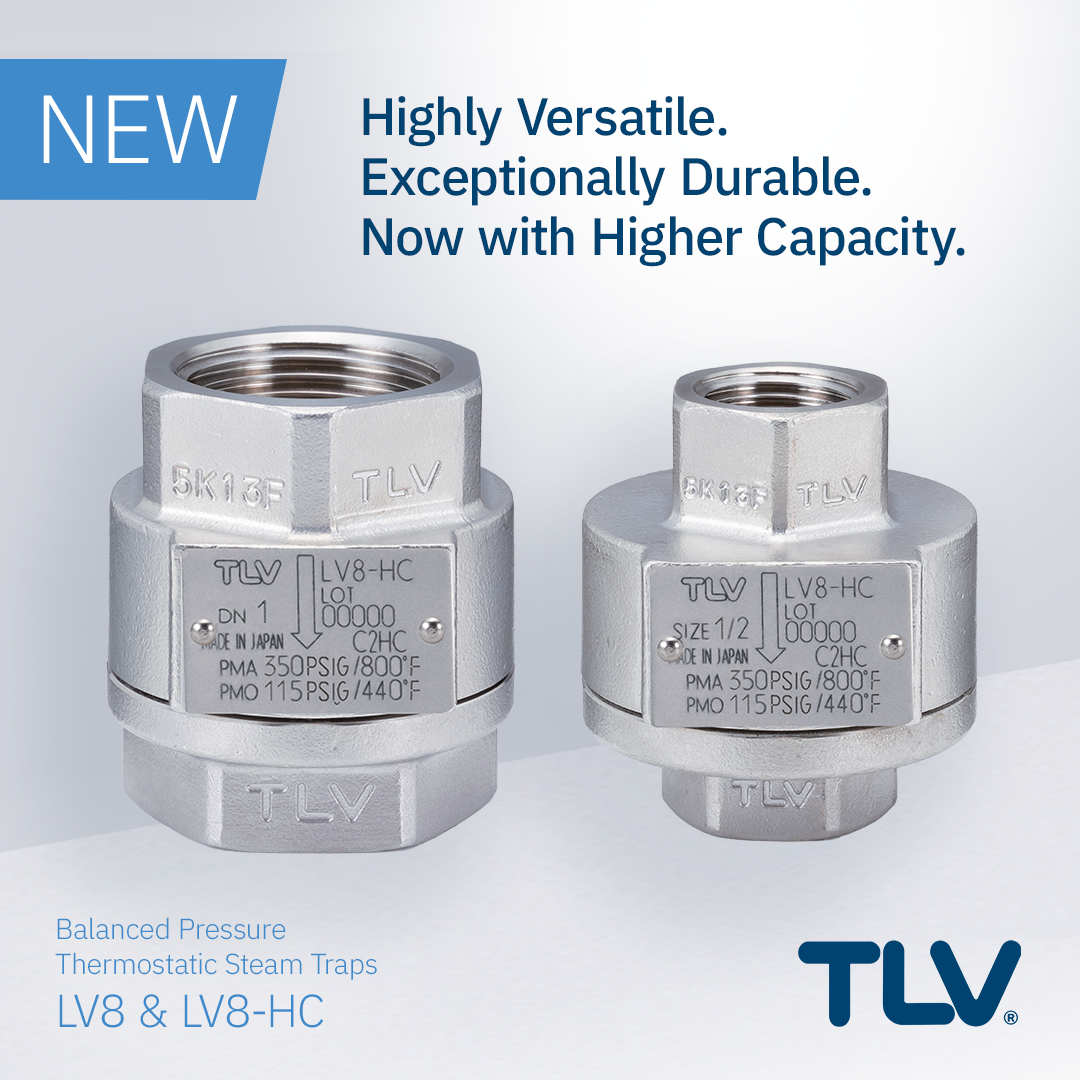Steam Bulletin
No. 77

Improving Heat Transfer
Key Factors That Influence the U-value and Heat Transfer Rate

If your process is taking longer than expected, heat transfer efficiency may be the issue.
At the core of efficient heating is the overall heat transfer coefficient, or U-value—a measure of how easily heat flows through the resistant mediums in the system. The U-value reflects the combined effect of film coefficients on both sides of the heat transfer surface, the thermal resistance of the wall material, and any additional resistance caused by fouling or scale.
When resistance increases, heat transfer slows—and so does your process.
Several measures can help improve the overall U-value and boost heat efficiency: using a heat source with a higher convective heat transfer coefficient, choosing wall materials with better thermal conductivity, reducing wall thickness where appropriate, and eliminating additional resistance caused by fouling or scale.
Learn how to calculate the overall U-value for your heat exchanger, and how strategic changes can lead to faster, more efficient heating in your process.
Product availability and delivery times vary by region.
Contact your local TLV representative for details.
Steam Bulletin is TLV's free monthly email magazine on steam systems, energy efficiency, product selection, and more. We hope you have enjoyed this issue.
If you need assistance with your steam system, TLV can help. Contact our steam specialist staff to apply for a plant survey and/or consultation session.
Finally, make sure to follow TLV on LinkedIn or Facebook for more regular news and updates, and our YouTube channel for video content.
Best regards,
TLV
